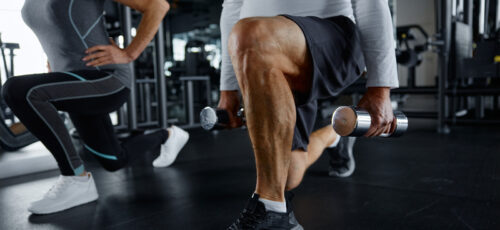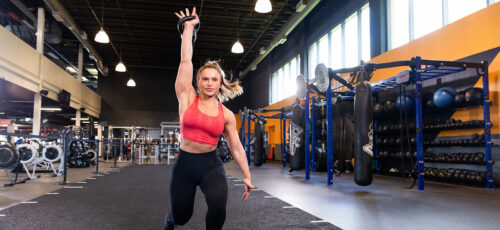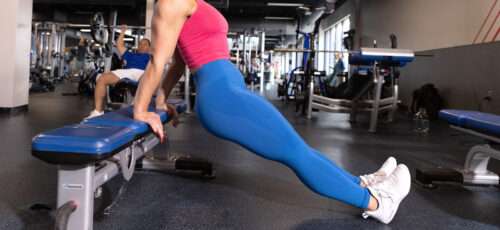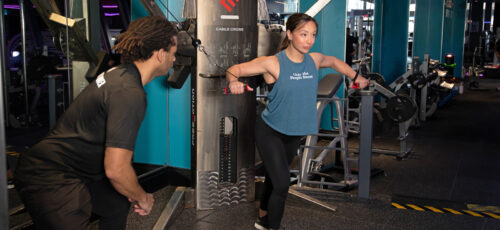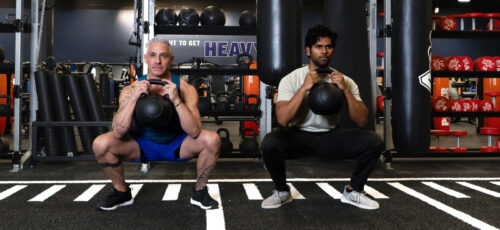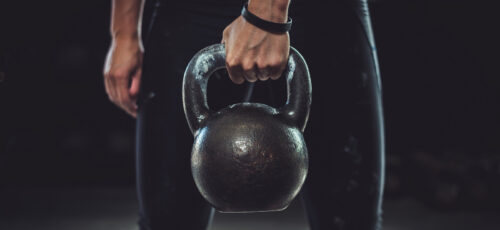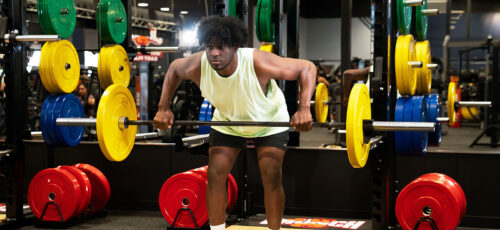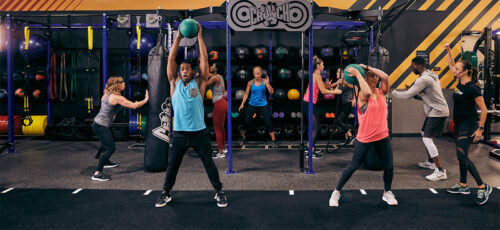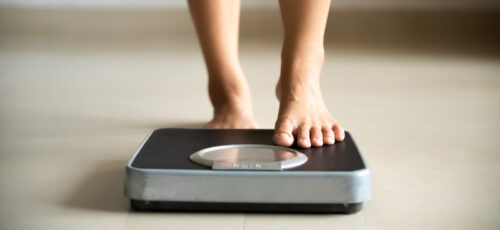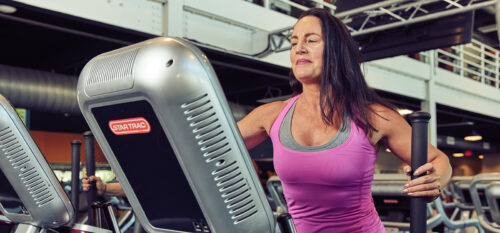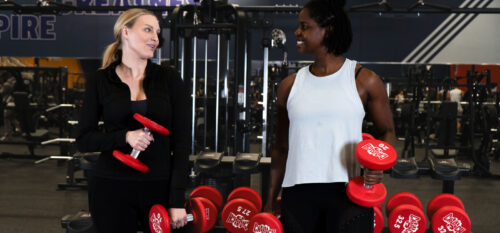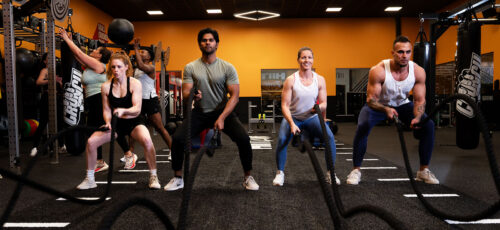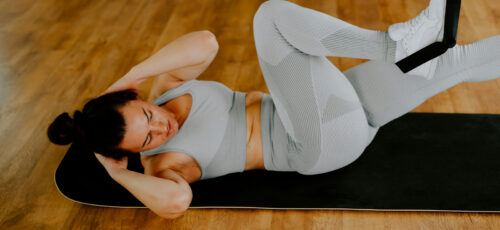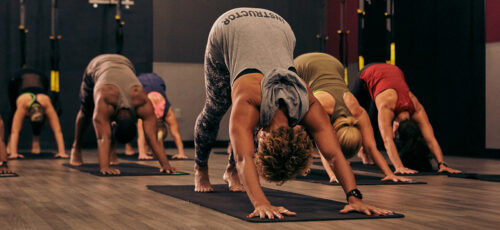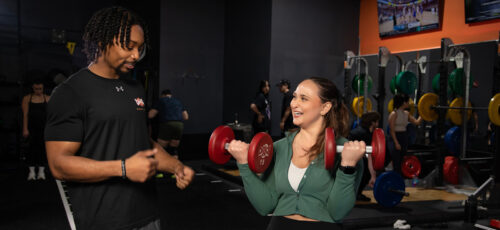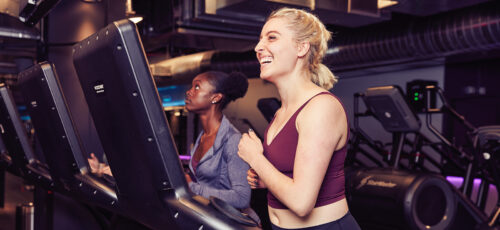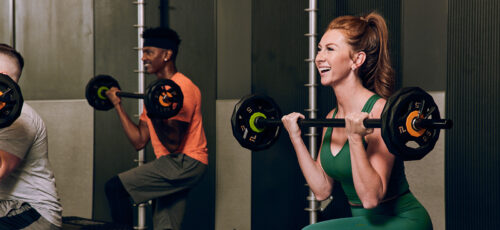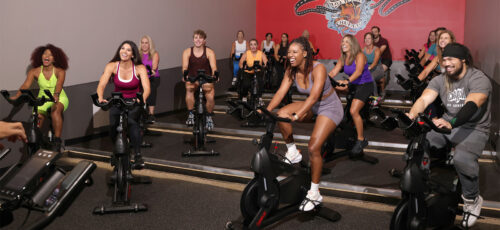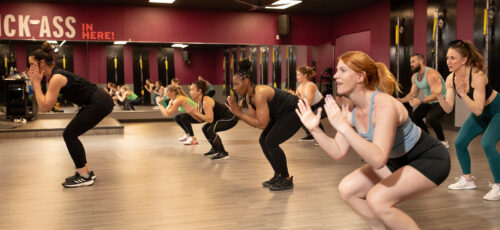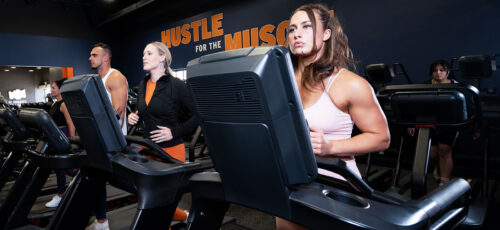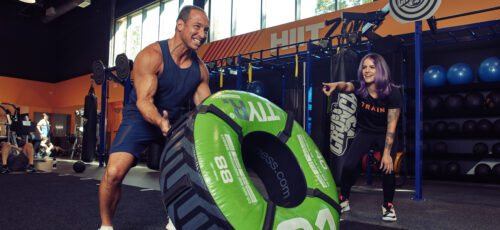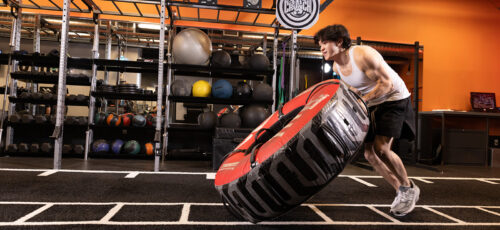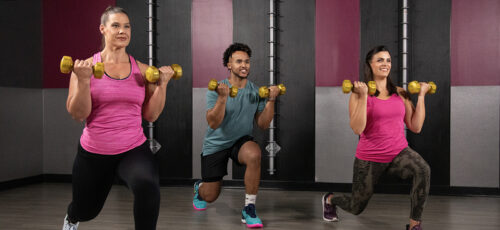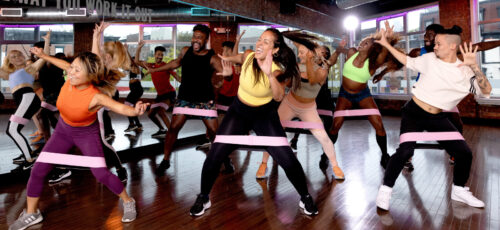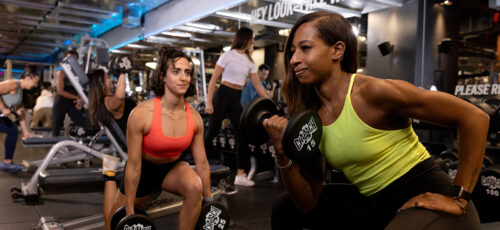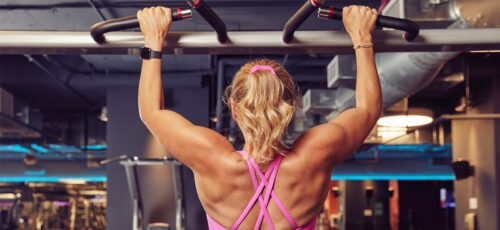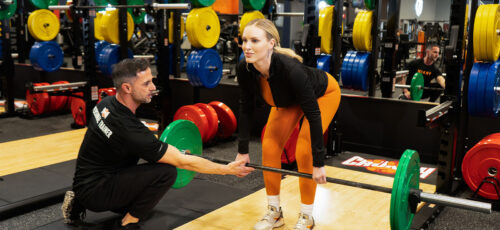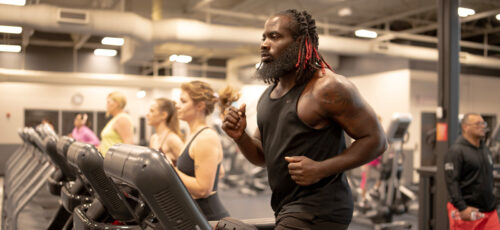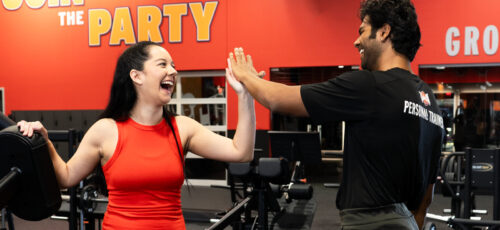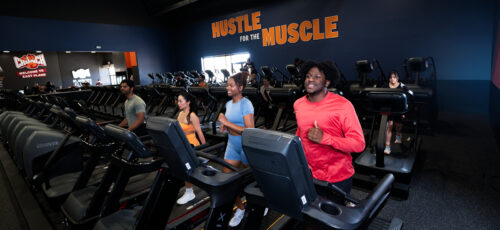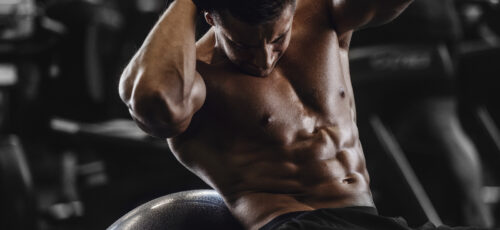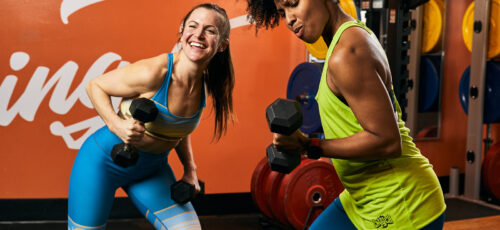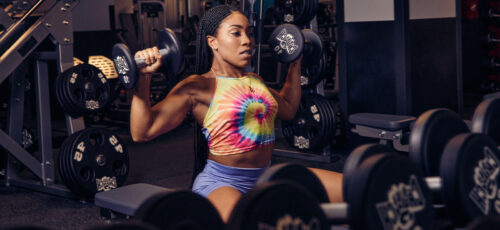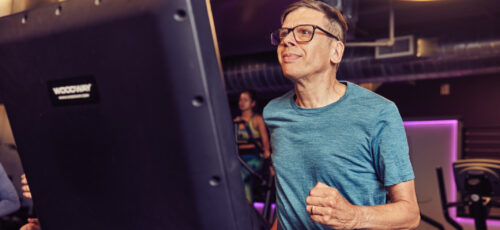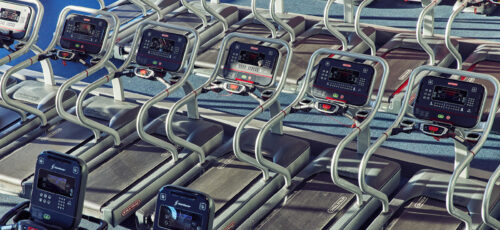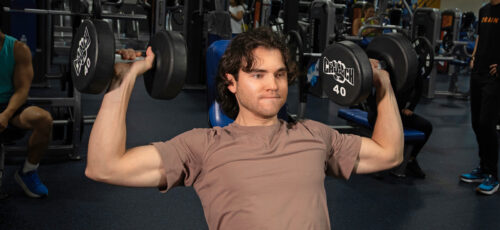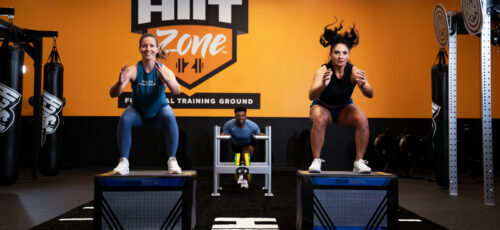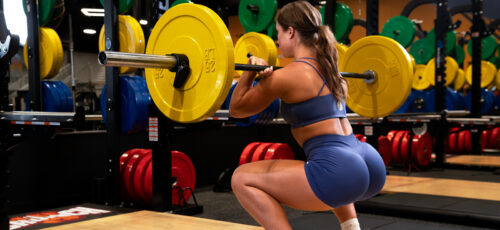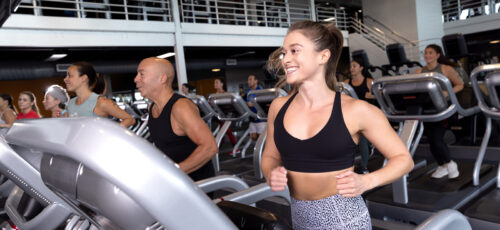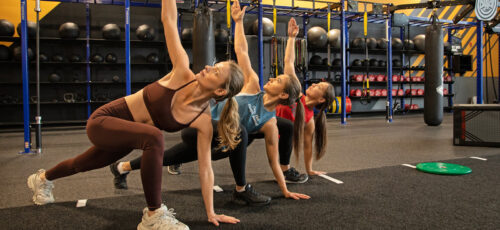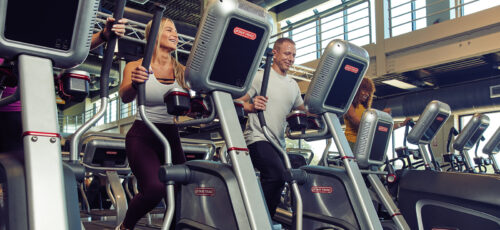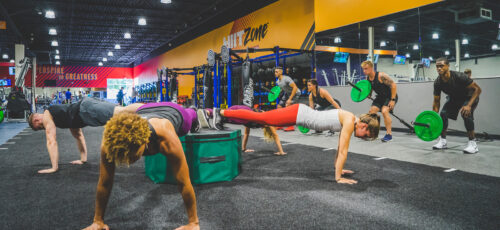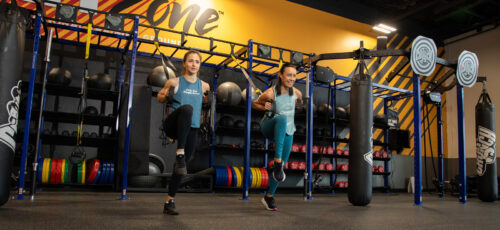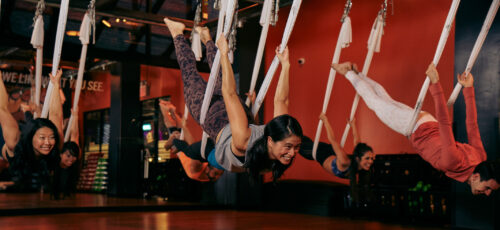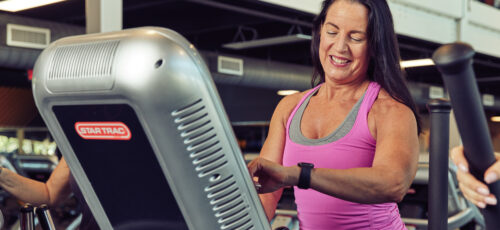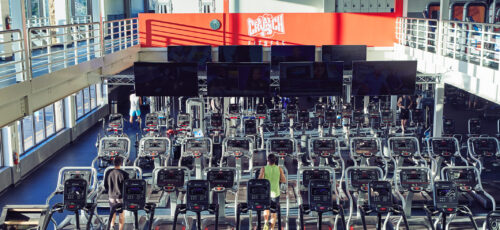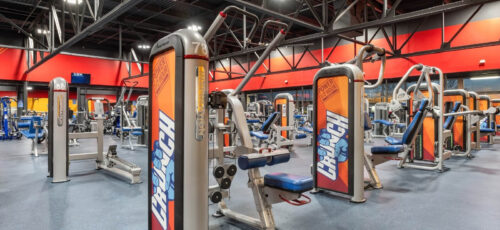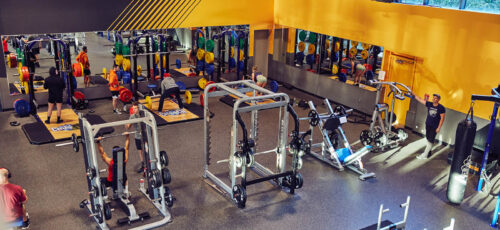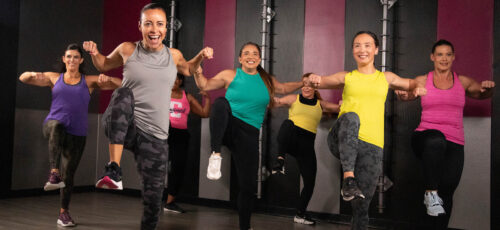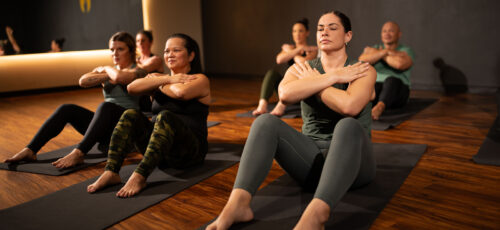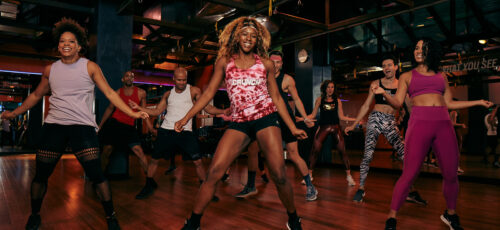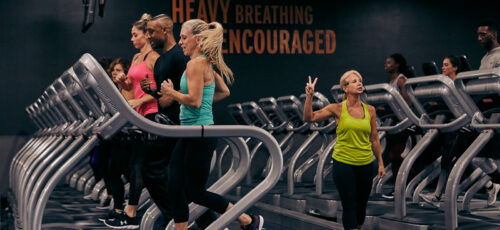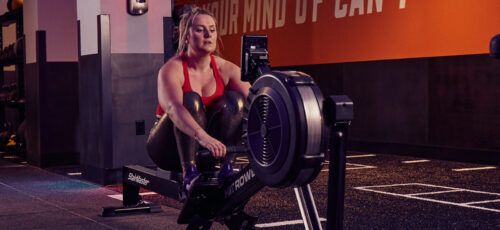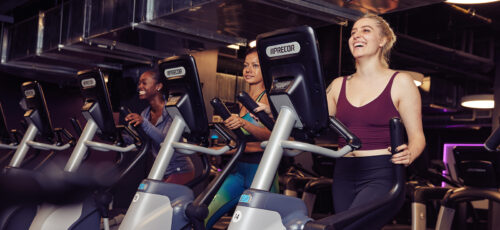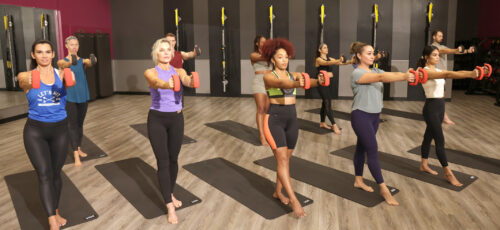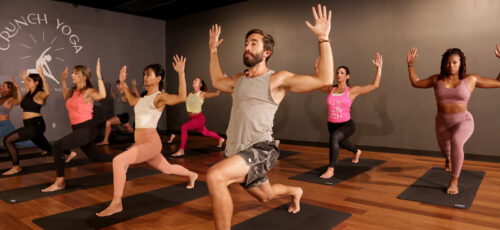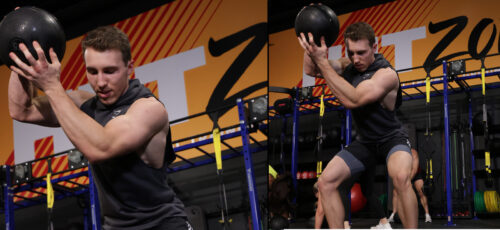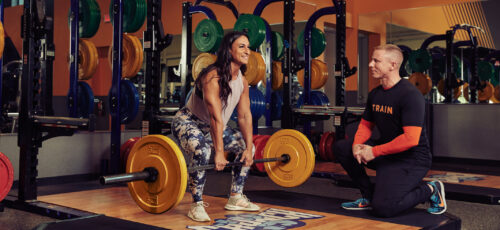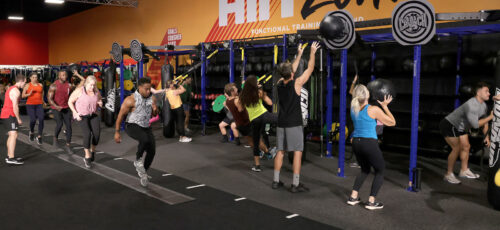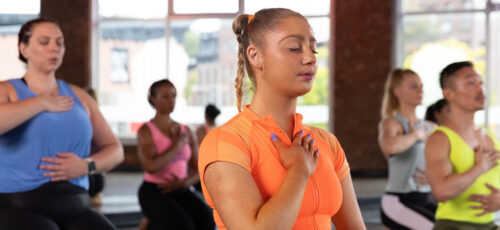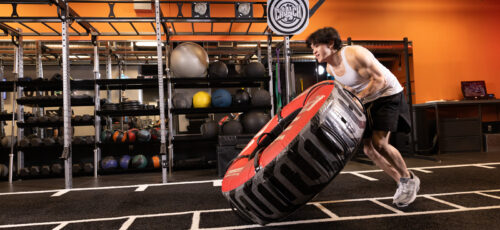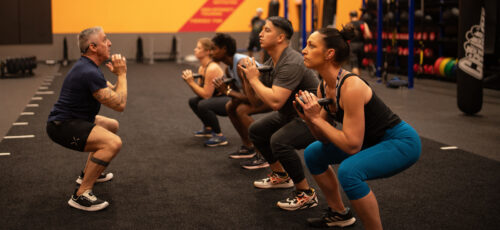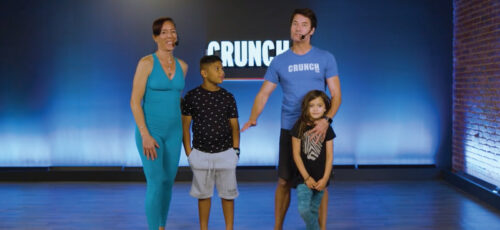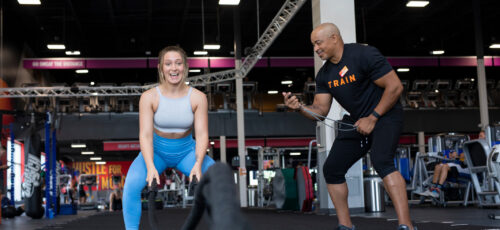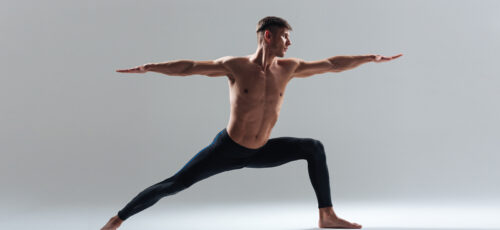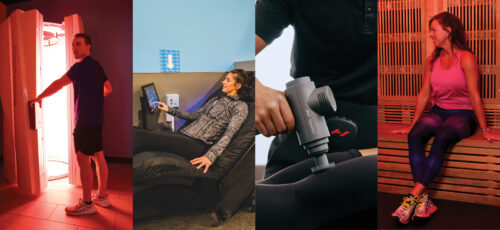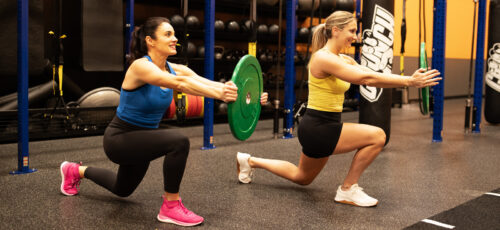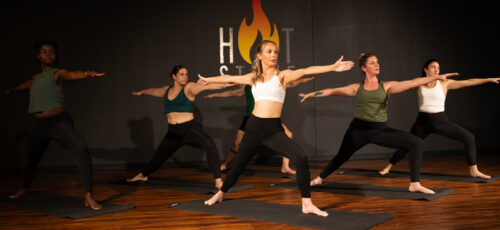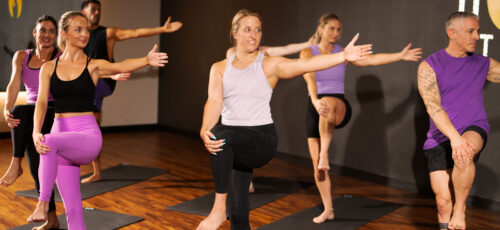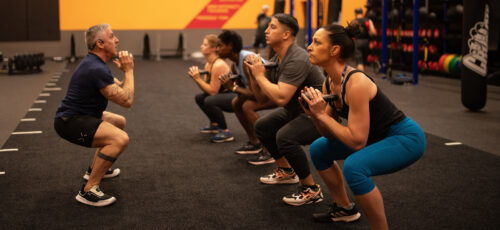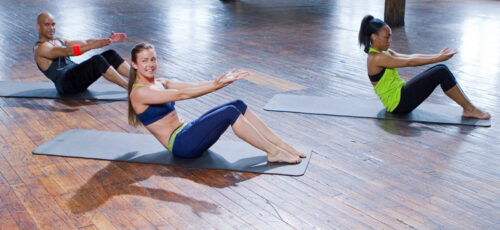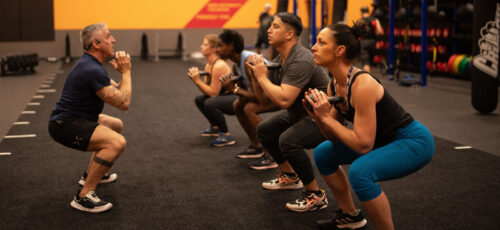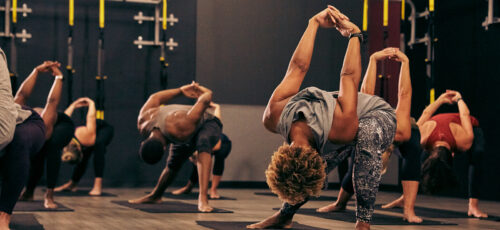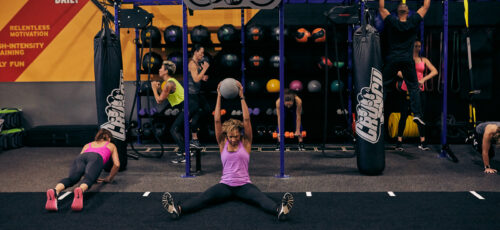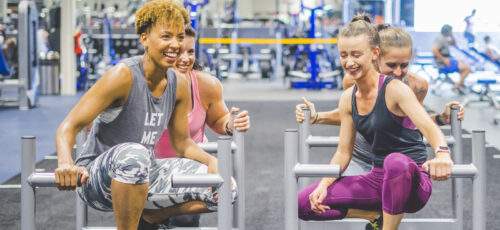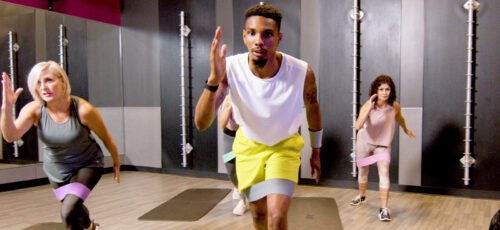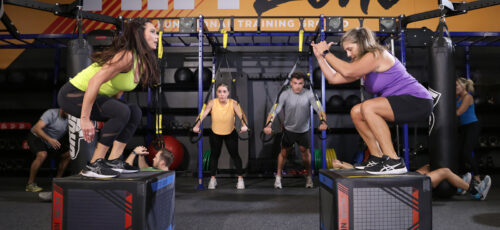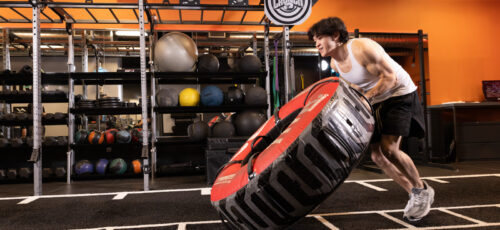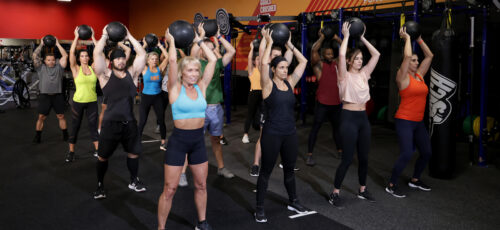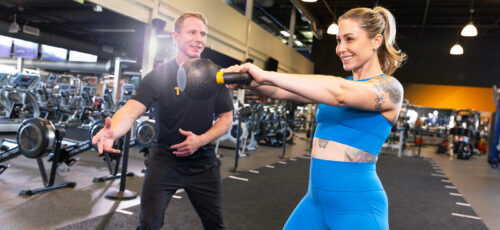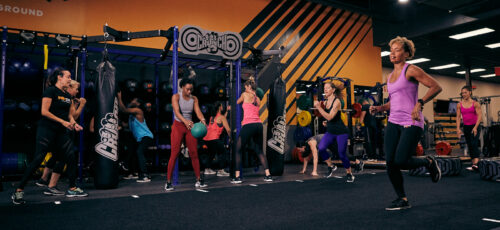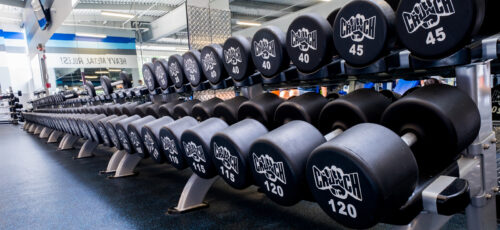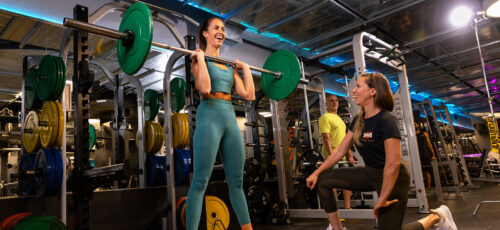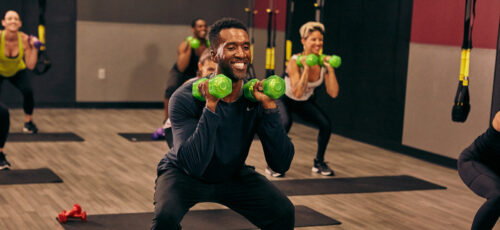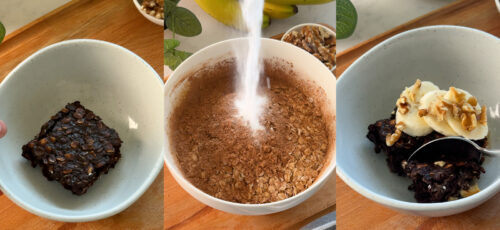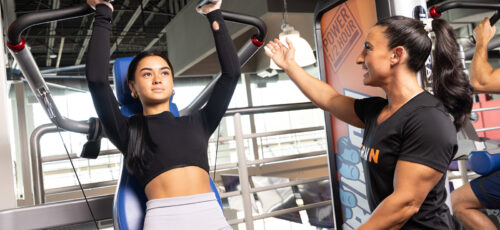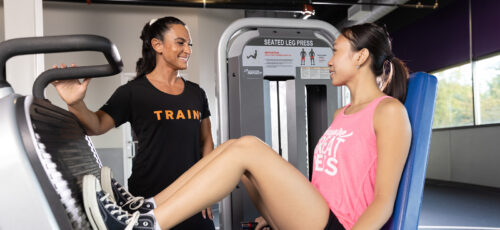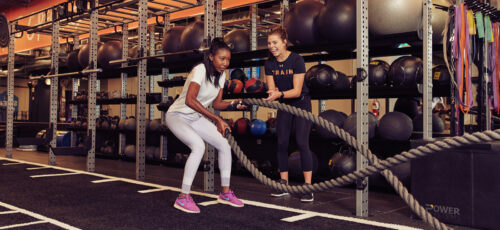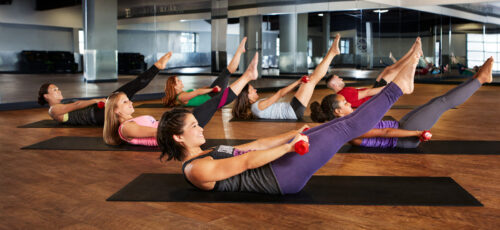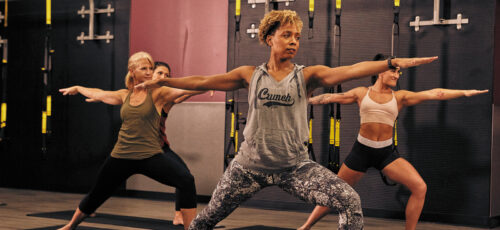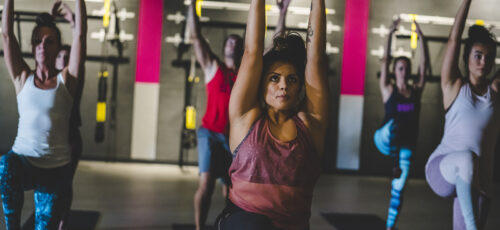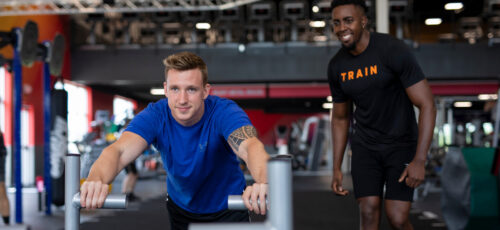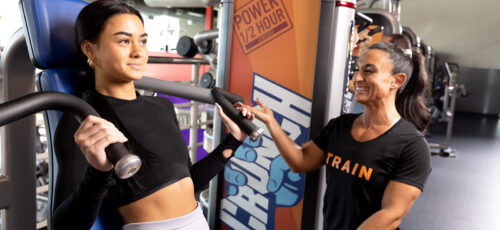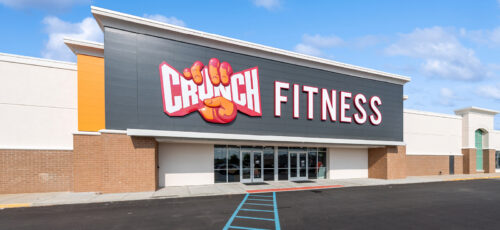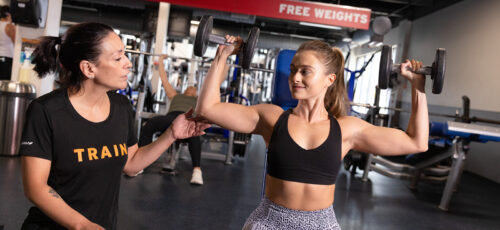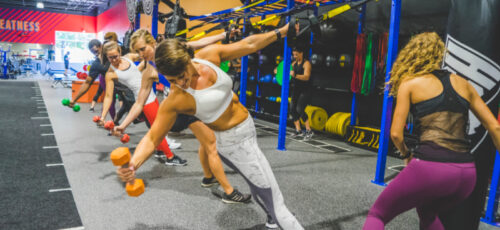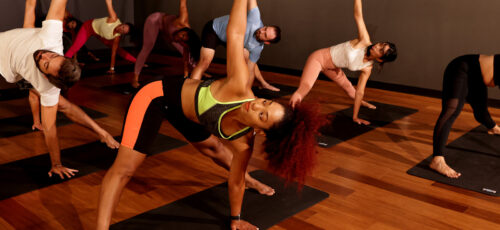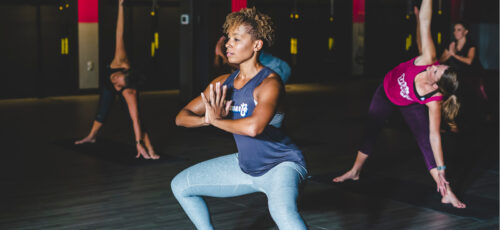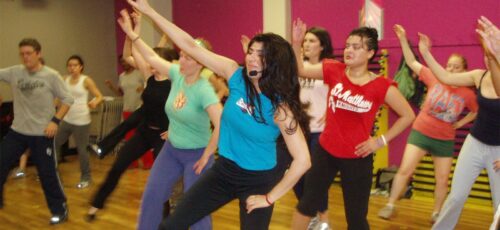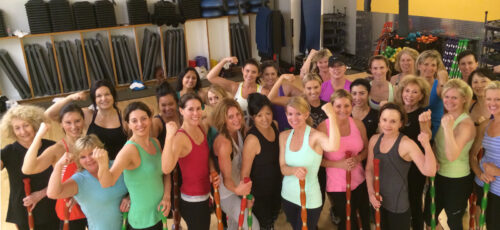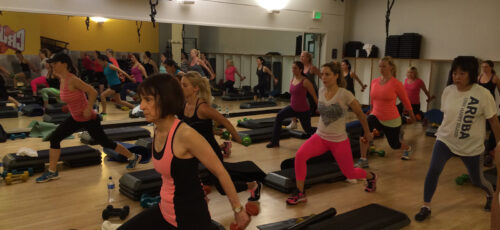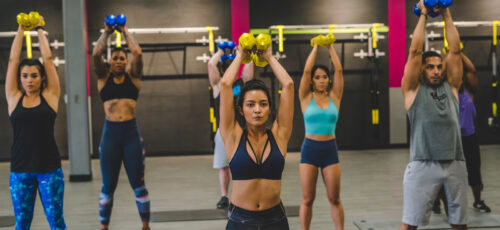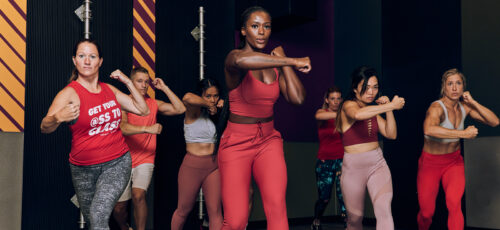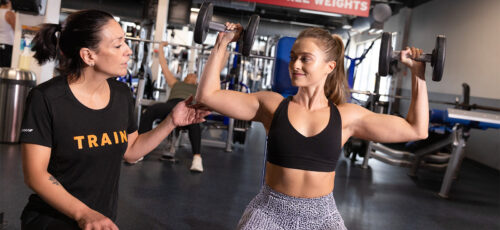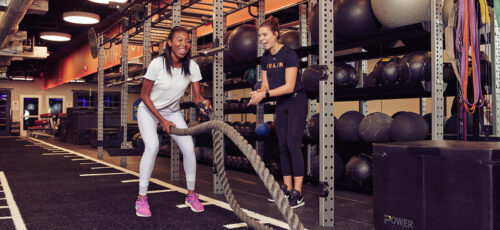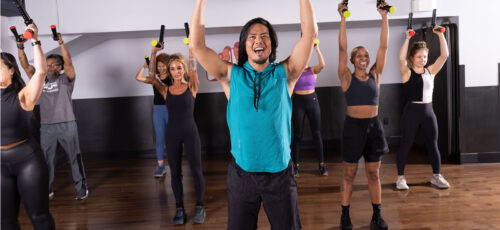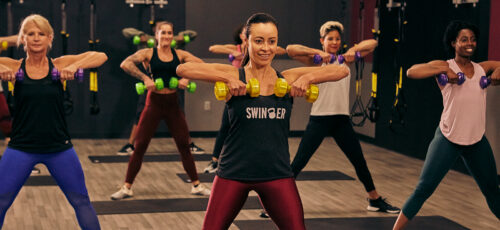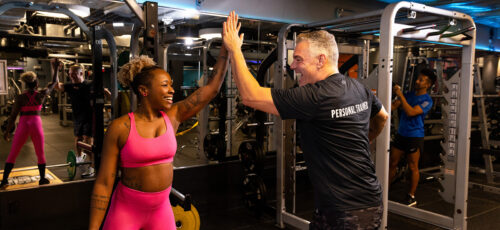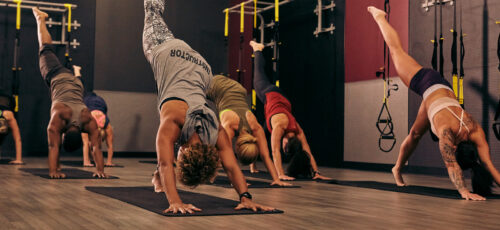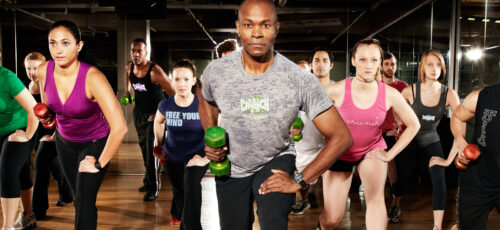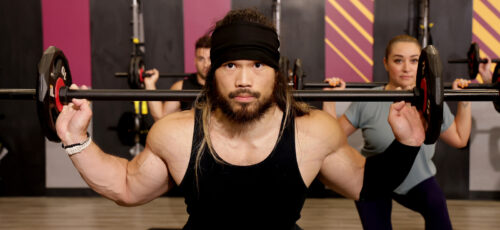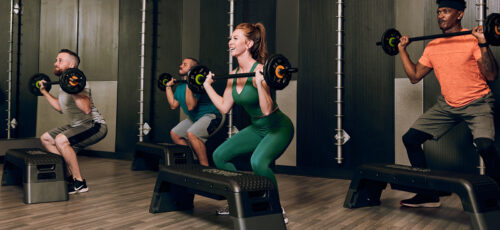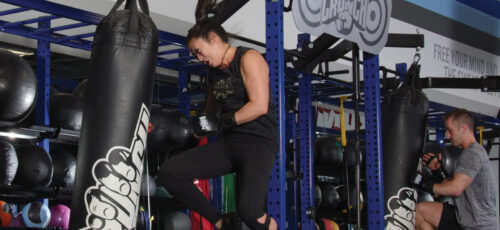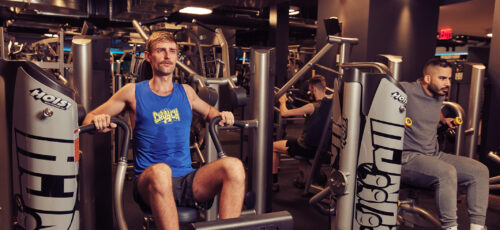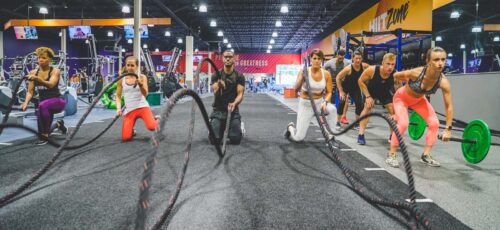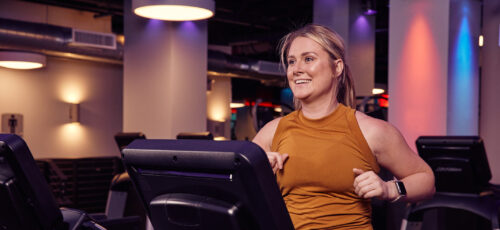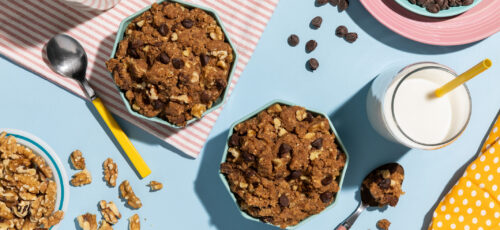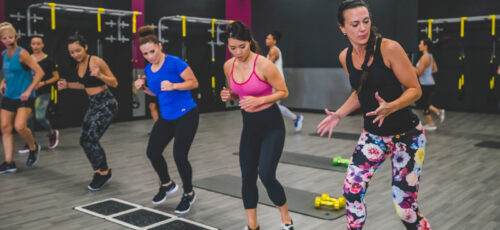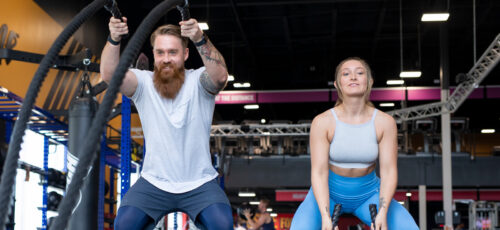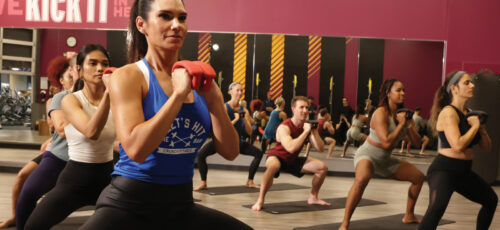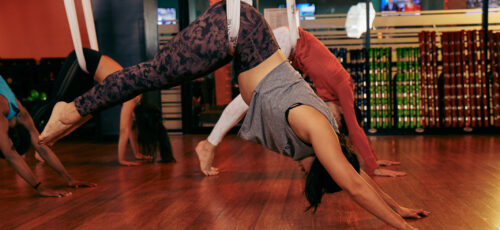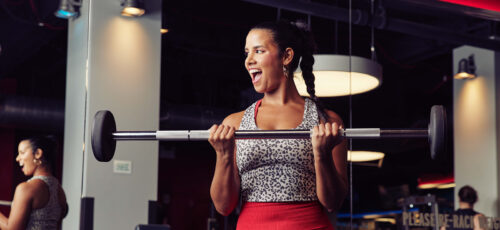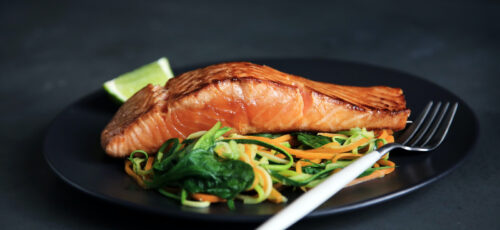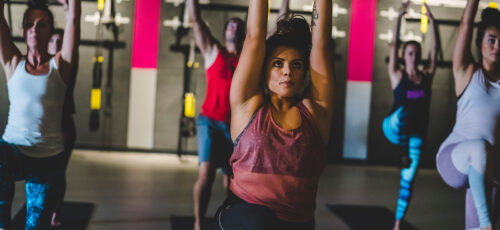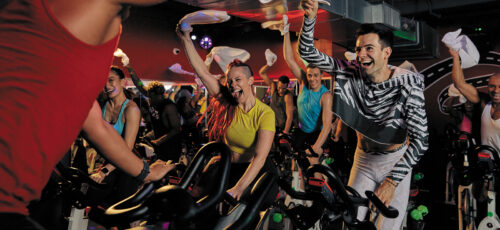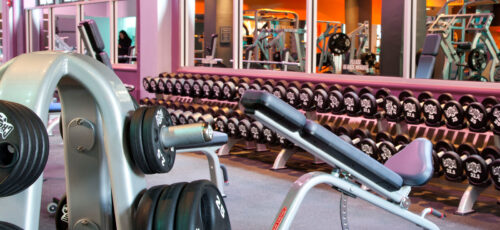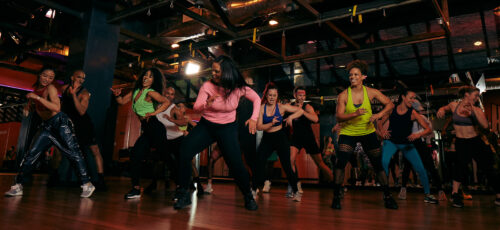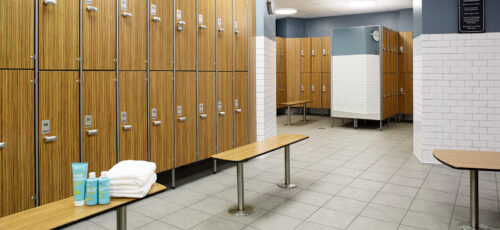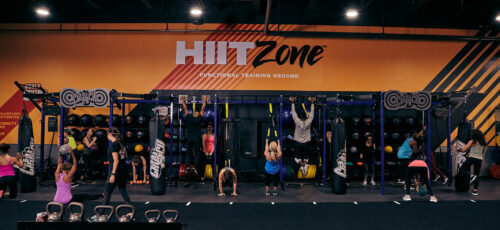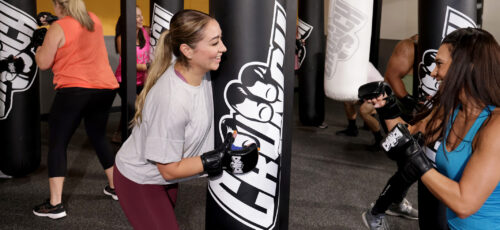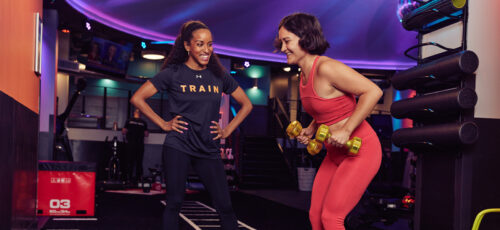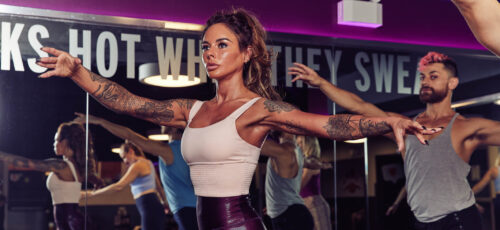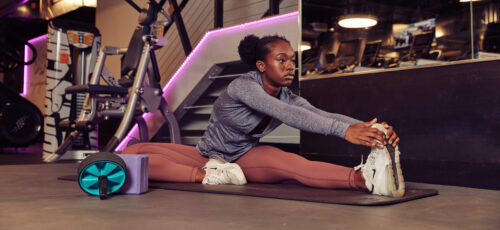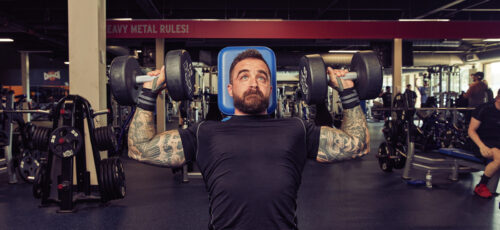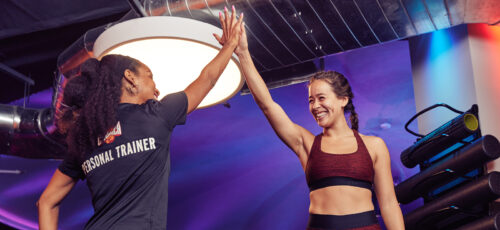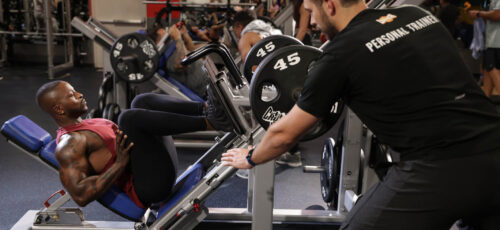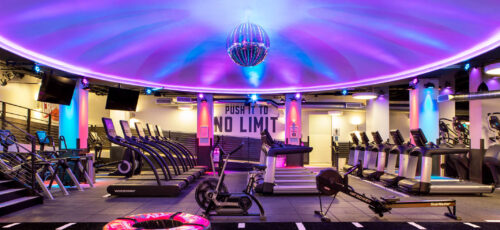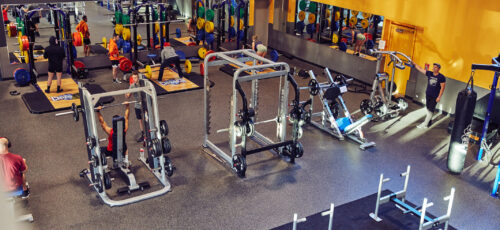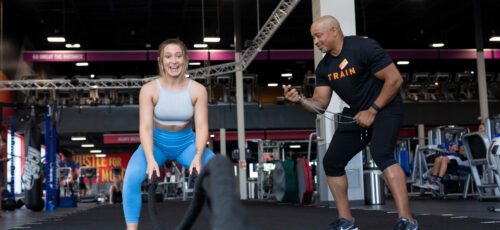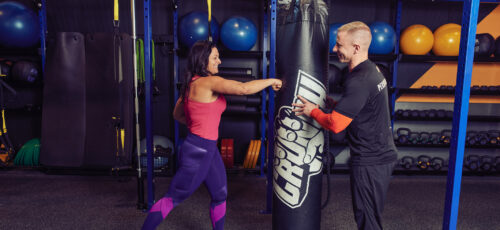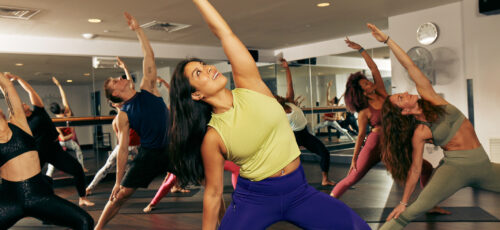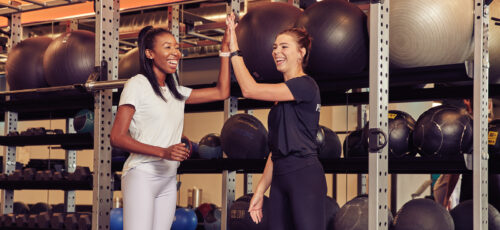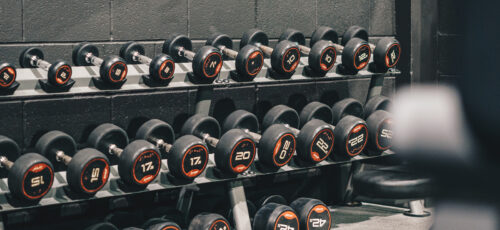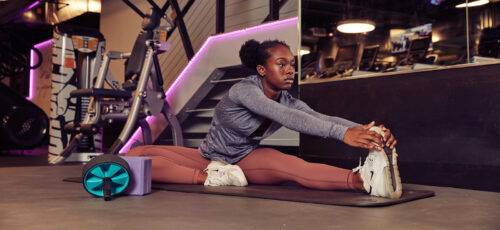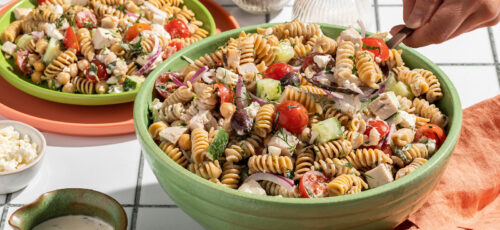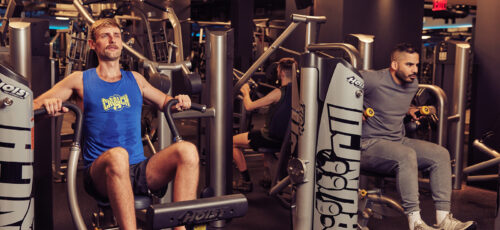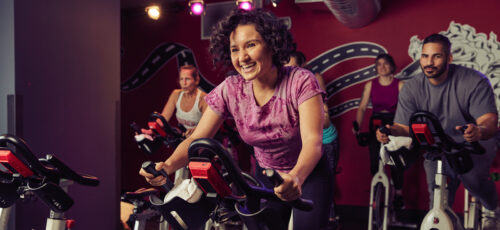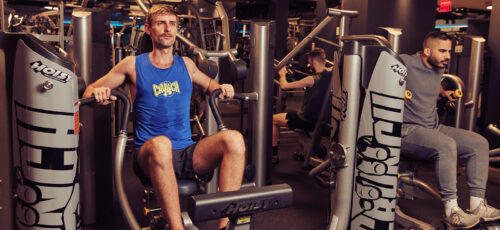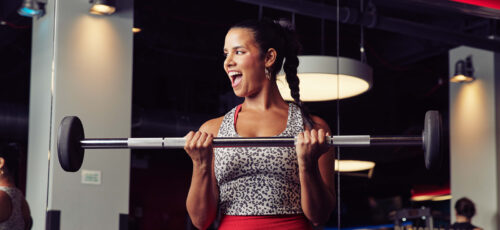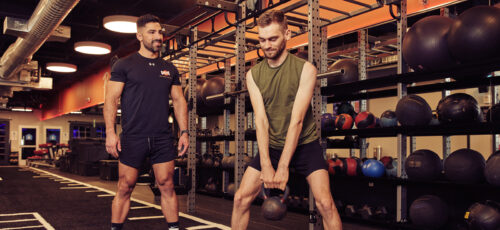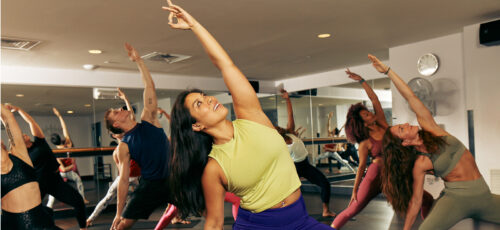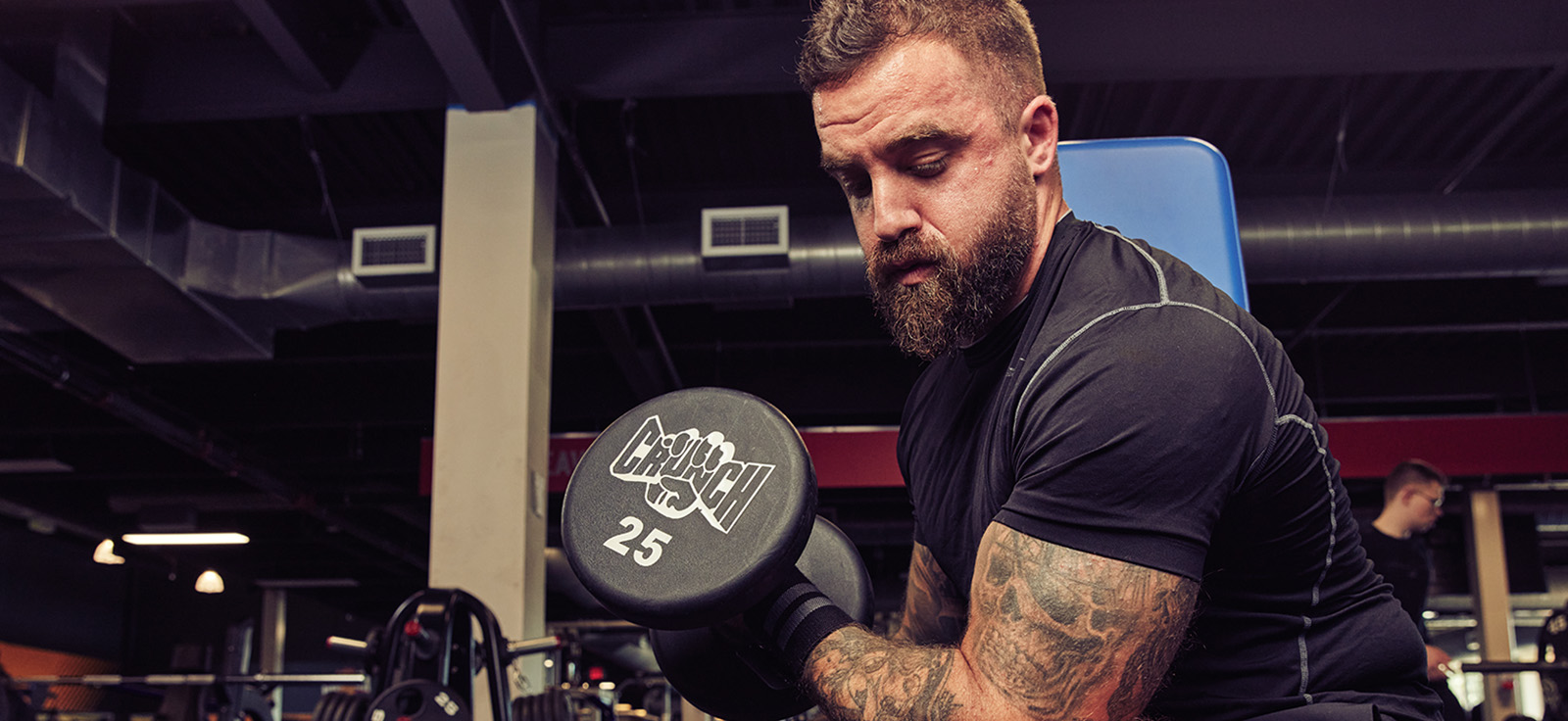
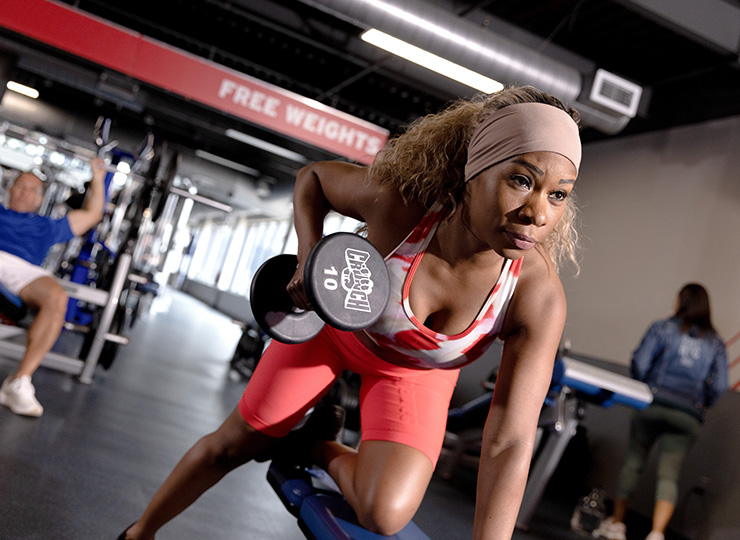
When most people think about burning calories, they picture long runs or high-intensity cardio. But did you know that weight lifting can be just as effective, if not more?
One of the best ways to burn calories efficiently is to lift weights. Strength training doesn’t just burn calories during your workout; it keeps your metabolism elevated for hours afterward, helping you burn calories even at rest. That’s the power of building muscle mass; it increases your daily energy requirement.
Unlike cardio, weight lifting creates small tears in your muscles that need energy to repair. That recovery process is where the magic happens. A typical weight training session can burn 180 to 500 calories per hour, depending on your body weight, intensity level, and exercise selection. And it doesn’t stop there; more muscle means more daily calories, even when doing nothing.
Whether you’re aiming to lose weight, reduce body fat percentage, or just boost your overall health, lifting weights is a smart and sustainable strategy. At Crunch, our personal trainers are excellent at crafting programs to help you lift smarter, lift safer, and burn more calories every step of the way.
Immediate Calories Burned During Weight Lifting Sessions
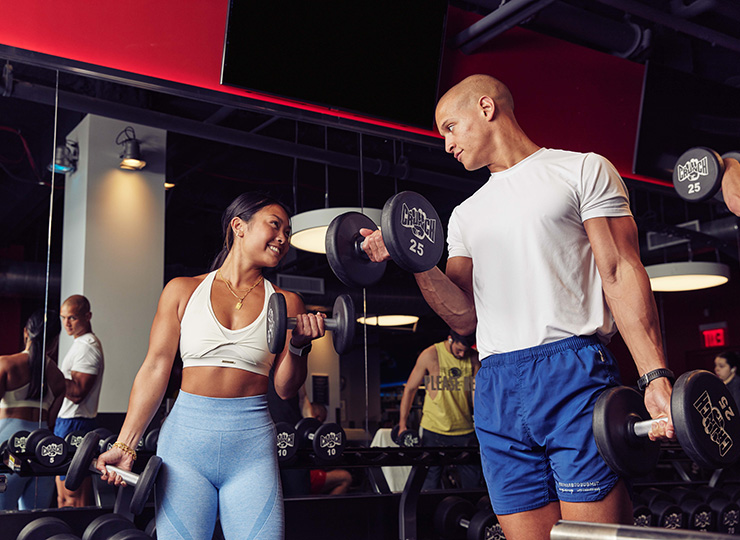
How many calories can you burn lifting weights? The answer depends on a few important factors, but we’ll explain. On average, a person weighing around 155 pounds burns about 108 calories in a 30-minute weight lifting session. According to a study from Harvard University, if you weigh more, say 185 pounds, that number jumps to around 126 calories. And if you push yourself with higher intensity or heavier weights? You could burn even more.
Compound movements like squats, deadlifts, and bench presses use multiple muscle groups at once. That means your body uses more energy (burns more calories) to perform them.
For example, a 45-minute routine with compound lifts could burn 250 to 350 calories, depending on body weight, intensity, and rest periods.
Conversely, isolation exercises like bicep curls or leg extensions typically burn fewer calories because they target smaller muscle groups.
To compare, a moderate 30-minute walk might burn around 250–300 calories for the same person. That means strength training is right there with cardio and with the bonus of building lean muscle mass that keeps your metabolism revved up long after you leave the gym.
Calories Burned While Lifting: Factors
Why can those numbers vary so much? Your body composition plays a big role. Someone with more mass (fat or muscle) will burn more calories during every session because their body uses more energy to move.
Even with the same workout, beginners may burn more calories than seasoned lifters. Why? Because your brain and muscles are learning to work together.
Your body hasn’t found the most efficient path yet, so it uses more energy to perform the same tasks. In contrast, experienced lifters are more efficient but can crank up the intensity by lifting heavier weights or doing more reps, which raises the burn again.
Workout intensity is another key. The heavier the weights, the harder your body works. And doing more repetitions, with proper form, activates a larger range of muscles.
That’s important; if your form is off or your reps are too short, you’re not engaging as much of your body, limiting your calorie burn.
How Lifting Styles Affect Calorie Burn
Not all strength training is the same, either. The way you lift can dramatically change the number of calories you burn.
Take powerlifting, for instance. It focuses on lifting very heavy weights with lots of rest between sets. While you may not be dripping in sweat, your body still uses significant energy to recover between heavy lifts. The overall calorie burn tends to be lower per session than other methods.
On the other hand, bodybuilding routines typically involve moderate weights, more reps, and shorter rest periods, which leads to higher calorie burn during the workout.
Then, there’s circuit training, where you jump from one movement to another with minimal rest. It combines resistance training with cardio-style pacing, leading to more calories burned in less time and keeping your heart rate elevated throughout the session.
And don’t forget metabolic resistance training, a newer style that’s laser-focused on burning calories and building muscle simultaneously. These intense and time-efficient routines are perfect for people looking to lose weight without losing muscle.
But with so many options and factors that influence calorie burn, like nutrition, activity level, and rest periods, it can be tricky to know which lifting style is right for you.
So, if you’re ready to stop guessing and start burning more calories confidently, Crunch is here to help you.
The Afterburn Effect: What is EPOC and How Does It Work?

Have you ever wondered why you’re still sweating (and hungry!) hours after lifting weights? That’s the afterburn effect, also known as EPOC, or Excess Post-Exercise Oxygen Consumption. It’s your body working overtime to recover from your workout, restoring oxygen levels, repairing muscle, and burning more calories.
EPOC kicks in after intense strength training or weight training sessions, especially those with short rest periods, more repetitions, and heavier weights.
The harder and longer the workout, the more energy is required to bring your body back to baseline. That means you’ll continue burning calories for hours, even while sitting on the couch!
Research shows EPOC can last anywhere from 15 minutes to 48 hours, depending on intensity, duration, and body weight or muscle mass. So, not only does lifting help you lose weight and lower your body fat percentage, it also gives you long-term metabolic benefits beyond the gym.
Long-Term Metabolic Benefits of Regular Strength Training
The real magic of strength training isn’t just what happens during your workout; it’s what it does to your metabolism over time. By building and maintaining lean muscle mass, your body naturally burns more calories throughout the day, even at rest.
According to research, every pound of muscle burns 6–10 calories daily, even if you binge-watch your favorite show on the couch. Compare that to fat, which burns only about two calories per pound. Over time, those small numbers add up, especially if you’re building muscle consistently.
Think of your body like a car: your muscle is the engine. A small engine uses less fuel (aka calories), while a bigger engine burns more fuel, even when idle. So, the more muscle you have, the more calories you burn.
Regular weight training improves insulin sensitivity and teaches your body to send more nutrients toward muscle repair instead of fat storage. This creates lasting metabolic changes beyond the temporary calorie burn of a single workout.
Want to transform your body into a more efficient fat-burning machine? Crunch’s trainers can help you do so safely, effectively, and with lasting results.
Calorie Counting…
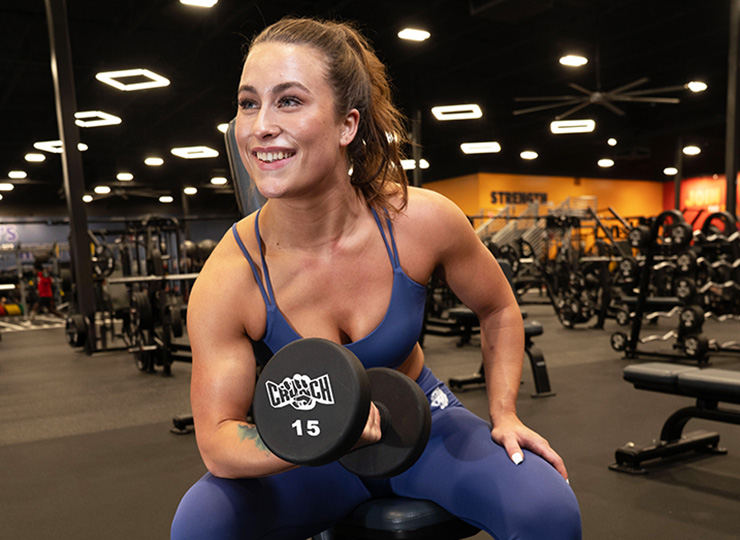
How many calories are you burning during a weight lifting session? The answer depends on several factors: your body weight, workout intensity, muscle mass, and exercise duration.
Once you’ve figured out your estimated calorie burn during a strength training session, it’s important to consider the long-term effects of weight training on your body’s metabolism.
Beyond the workout, lifting weights helps build muscle mass, which raises your resting metabolic rate (RMR), meaning your body burns more calories, even when you’re not exercising.
According to the American Council on Exercise, a 140-pound person burns roughly 7.6 calories per minute of weight training, while someone weighing 180 pounds may burn closer to 9.8 calories per minute. That means even a short 30-minute session can have a meaningful impact.
Scientific studies back this up: One six-month study found that just 11 minutes of strength training, done three times per week, increased participants’ metabolic rate by 7.4%, translating to an extra 125 calories burned per day.
Another study showed that after 24 weeks of resistance training, men burned 140 more calories daily, and women burned about 50 more calories.
Even better? Thanks to the afterburn effect, your body continues to burn additional calories for hours post-workout. Compared to aerobic workouts, strength training provides a bigger and longer-lasting metabolic boost, making it a smart choice for anyone aiming to lose weight and build lasting results.
Combining Weights and Cardio
One of the best ways to supercharge your caloric burn is to combine strength training and cardio. You can do this in the same session or on alternating days, but depending on your goals, both options have benefits.
If you prefer to keep cardio and lifting separate but still combine them in one workout (circuit training), the best order often depends on your goals:
- Want to build strength or muscle? Lift first.
- Focused on fat loss or endurance? Do cardio first or mix both with strategic programming.
You can also read our article: Is it Effective to Do HIIT After Strength Training?
The key is balance; you don’t want cardio to drain the energy you need to lift heavy, and you don’t want lifting to leave you too wiped out to move your legs during cardio.
At Crunch Fitness, our personal trainers help clients create customized plans that align with their goals, activity level, and available time, whether that means strength and cardio together or spaced apart.
No matter your preference, there’s a smart, sustainable way to build fitness, shed body fat, and feel incredible.
Why Crunch Fitness is the Best Place to Lift Weights
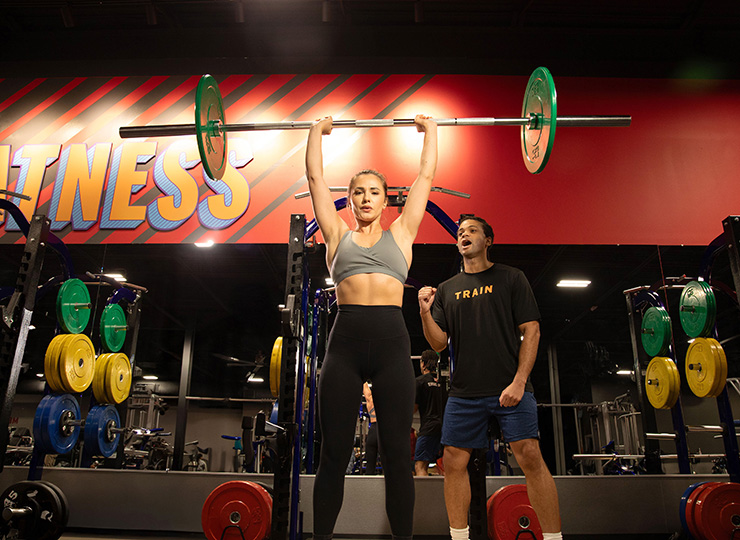
When it comes to lifting weights and getting the most out of every rep, Crunch Fitness has you covered. Whether you love classic weight strength machines or want to explore functional training gear, Crunch gives you everything you need to keep your workouts fresh, fun, and effective.
The real game-changer? The people. Crunch’s certified personal trainers are experts at helping you train smarter, not just harder. They’ll teach you proper form, guide your progress, and create a plan focused on burning calories, building strength, and helping you feel your best.
Not into solo workouts? Join a group strength class where the energy is high, the workouts are designed for maximum impact, and motivation is built in. You’ll push yourself harder—and probably have more fun, too.
Start Your Lifting Journey with Crunch!
Incorporating strength training exercises into your daily routine is a game-changer for building muscle, improving endurance, and staying fit. Whether you’re doing squats, push-ups, or glute bridges, consistency is key.
Crunch promotes a culture of positivity, inclusivity, and fun with no judgments by providing an environment for all individuals regardless of their health and fitness goals. Find a Crunch gym near you to try our free trial membership, or join Crunch now. We’re here for you – at the gym or at home. Access the best live & on-demand workouts anytime, anywhere with Crunch+. Ready to get sweaty? Try hundreds of workouts for free! Start your free trial now!
FAQ’s
Does lifting heavier weights burn more calories than lifting lighter weights?
Yes. Heavier weights use more energy, but lighter weights with more reps can also boost calorie burn, especially with shorter rest times.
How does weight lifting calorie burn compare to running or other cardio?
Cardio burns more calories during the workout, but lifting weights elevates your metabolism for hours afterward. Both have unique benefits.
Will I burn more calories as I get stronger and lift heavier weights?
Yes. More strength means more muscle, leading to greater calorie burn during workouts and at rest.
How many days per week should I lift weights to maximize calorie burning?
Lifting 3–4 times a week is ideal. It balances calorie burn, muscle growth, and recovery.
Does the type of strength training equipment affect calorie burn?
It can. Free weights and compound lifts usually burn more calories, but machines are great for controlled movement and building form.











